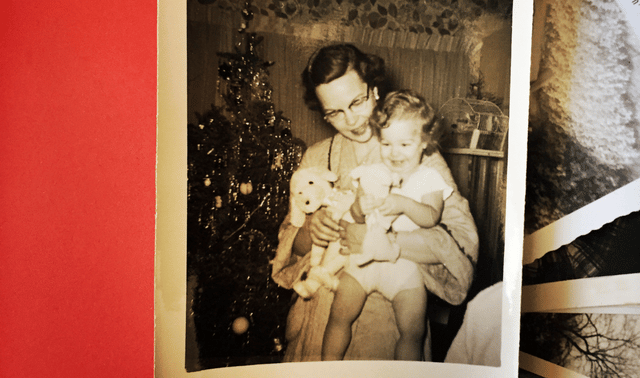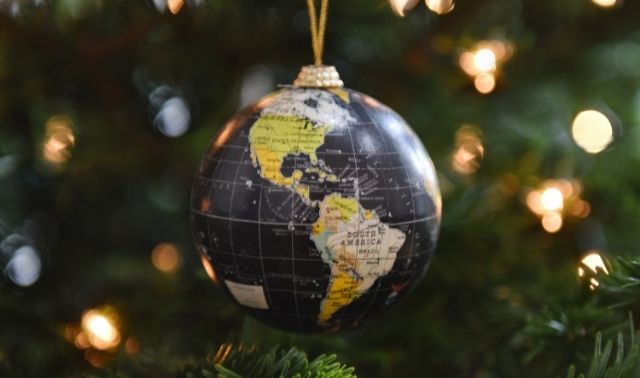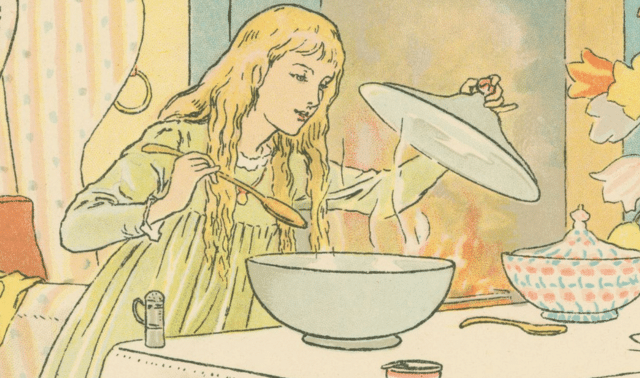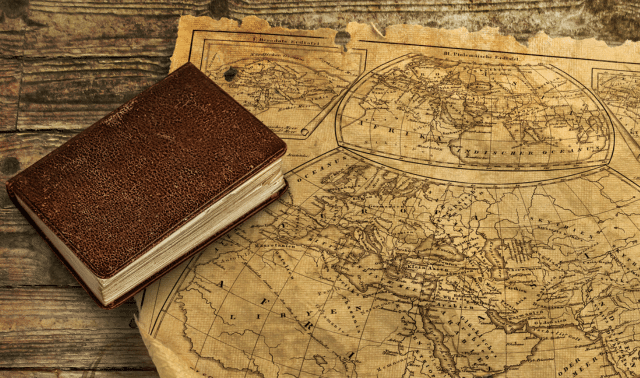
For many genealogists, the holidays present a unique opportunity to practice long-held traditions with other family members. The same was true for our ancestors, therefore it’s worth looking into how your forebears celebrated the holidays to see how they honored traditions in their time.
Paula Stahel, past president of the Association of Personal Historians, gives us some great ideas for how to include holiday memories in your family history projects.
Q. Why should I include holiday celebrations in family or personal histories?
A. There are so many reasons. Holiday traditions are the connective tissue between the generations. We change traditions as we get married and create our own traditions, but we always pull in some aspect of what came down through our families.
Q. What kinds of holiday traditions could give me insight into my ancestors’ lives?
A. Food is a good example. It may be the only time of the year that a particular dish is served, and it’s served because Grandma always made it. The food introduces children to the past. Also, certain people always come at the holidays—family that’s connected by love, not just blood. Those people bring in different stories and connections to the past.
Q. Where should I start gathering holiday stories?
A. I think it’s important to start with our own stories. Once we have a grasp on our own stories, we start to realize what we wish we knew about our ancestors. If we overlook capturing our own memories, the people who come after us will have those same questions.
Find time at the dinner table to stop talking about sports and politics and talk about the holidays when you were young. Kids love it! It’s a world they otherwise can’t begin to visualize.
Q. What other sources should I turn to?
A. Certainly the family photo album is a place to start. We tend to take a lot of photographs on holidays, and this was especially true in the past. It’s amazing in how many photos you’ll see food sitting around. Research the community where the family lived, looking for ethnic and small-town newspapers.
Q. What if some holidays bring up sad memories?
A. Tell the stories anyway, in a sensitive way. It honors the difficulties and the loss of those who are no longer at the table. I lost a brother when he was 29, and he is always at the table with us. We grieve, but the stories always lead to laughter, and that’s what honors him, more than the tears do.
Q. What formats work best for these stories?
A. Archive everything as much as possible on the computer. Self-publish a little book: Put together photographs and stories and print them. I also know a lot of people do video work these days; it’s so easy with the technology that’s available.
Q. Any last suggestions?
A. No matter how little or big you want to make your story, just do it. Even a story about one Thanksgiving or one recipe is so valuable.
Archival Action: Create a Holiday Recipe Book
The holidays are the perfect time to play genealogy reporter. Grab your camera and a notebook to make a quick-and-easy memory book of your family’s favorite dishes.
- At an upcoming holiday gathering, take a picture of every dish served. If possible, get a photo of the person who brought it.
- Collect each recipe. Note who brought it and why, along with any traditions or family stories that go along with it. (If you can’t get all of this done during the holiday get-together, send follow-up e-mails.)
- Print the photos.
- Gather photos and your notes in a scrapbook, binder or photo album. For example, a 4×6-inch photo album with three pockets per page can hold a photo on top, a recipe card in the middle, and a family story about the dish or its creator in the bottom slot. Recipes and stories can be written on 4×6-inch journaling cards or index cards.
- Create copies for other family members as keepsakes.







